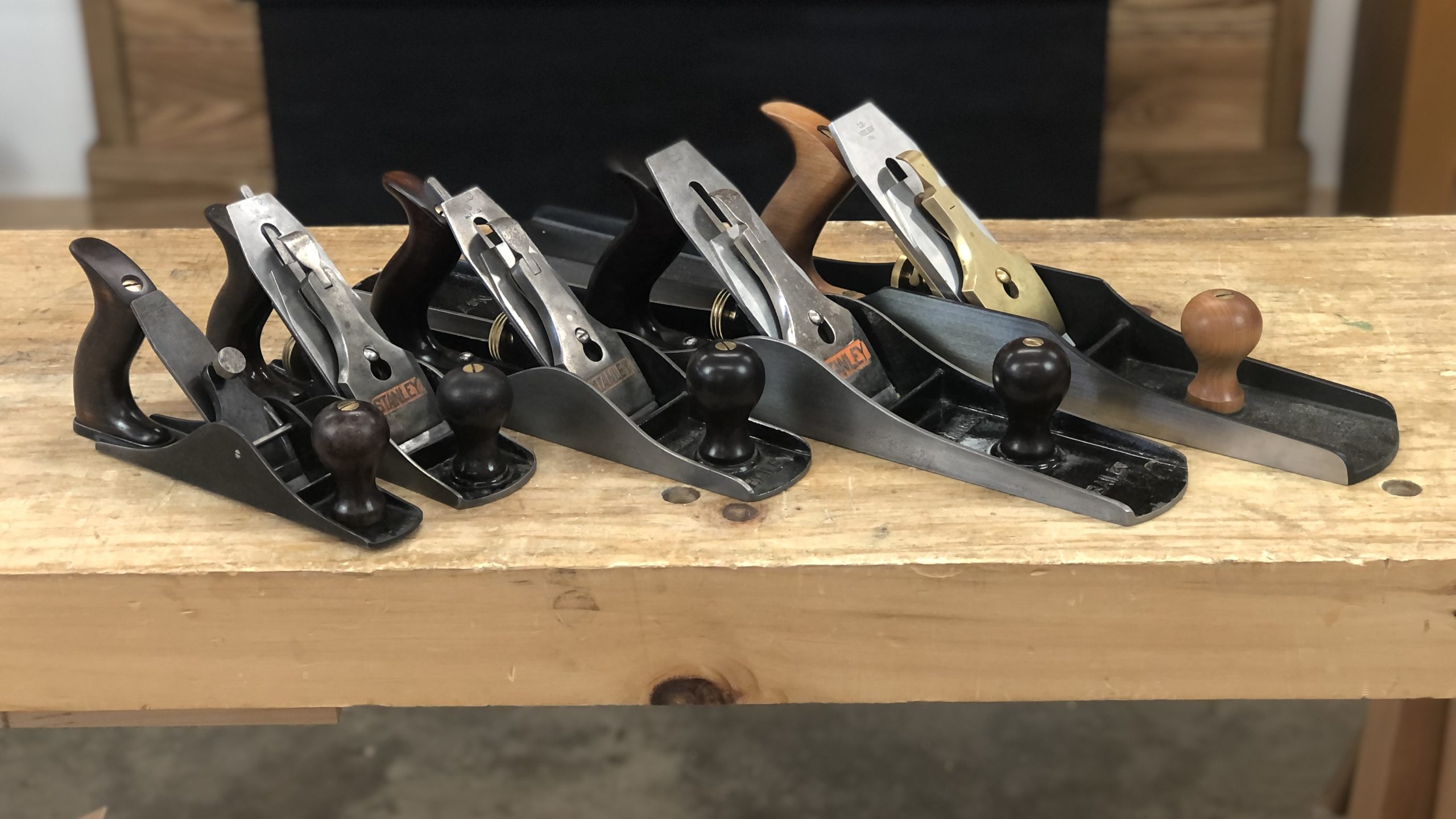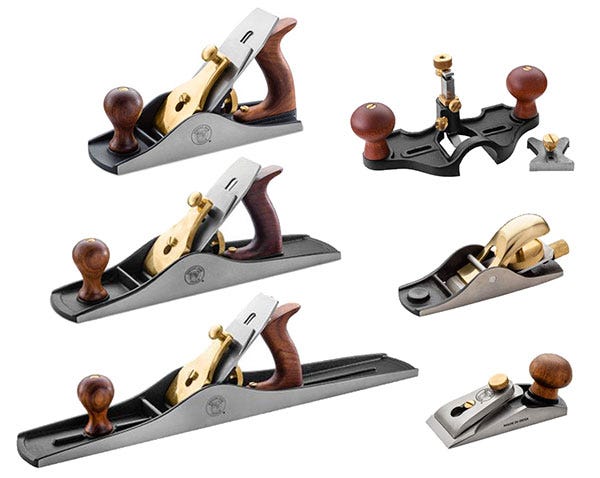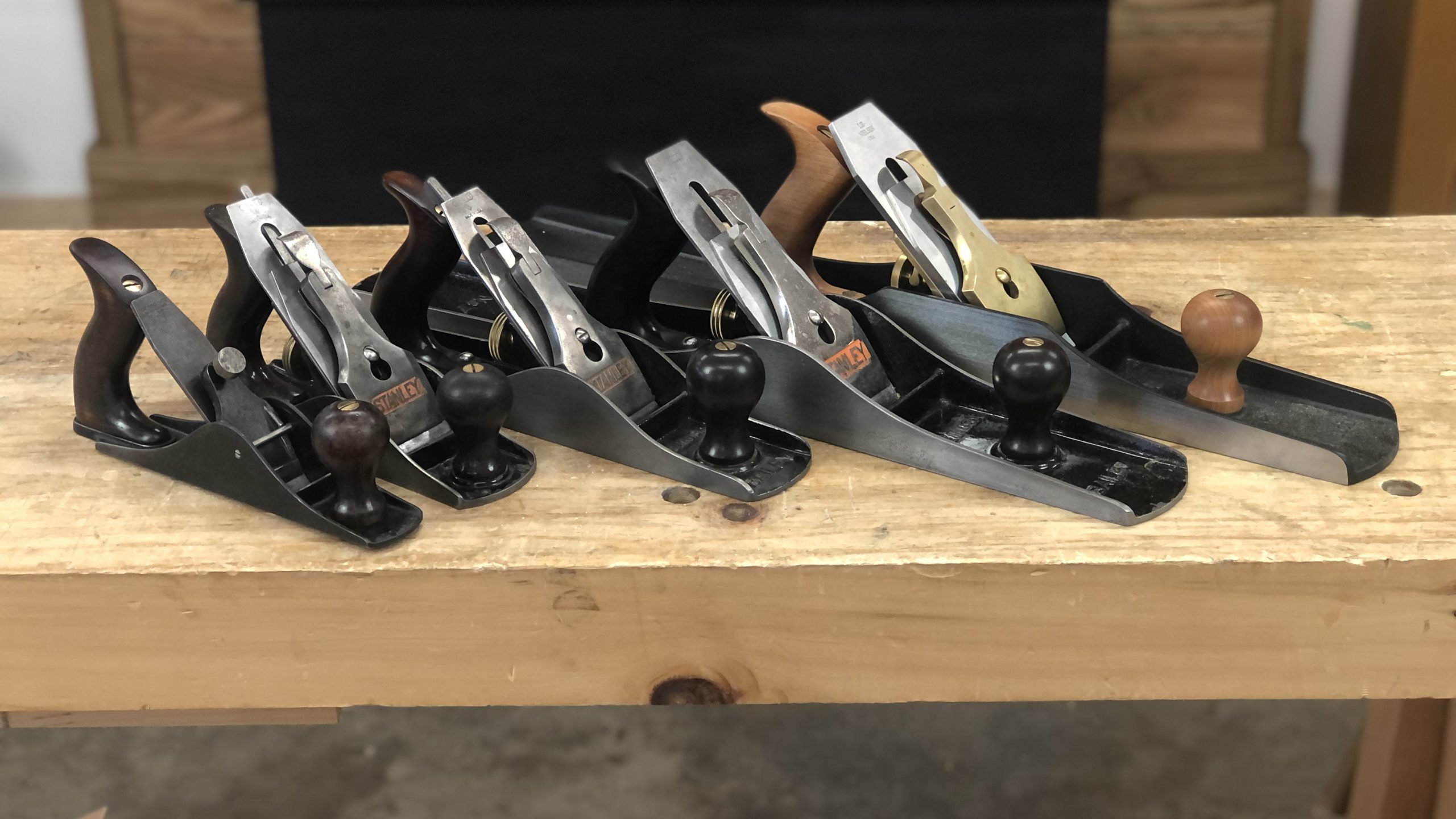Are you curious about what hand plane you should get? Well, you’re in luck! In this article, we’ll dive into the wonderful world of hand planes and help you find the perfect one for your woodworking projects. So, let’s get started on this exciting journey!
Now, you might be wondering, why do I need a hand plane in the first place? Well, hand planes are versatile tools that can shape, smooth, and flatten wood surfaces with precision. Whether you’re a beginner or a seasoned woodworker, having the right hand plane can make a world of difference in the quality of your craftsmanship.
So, how do you choose the right hand plane for your needs? Don’t worry, we’ve got you covered! We’ll discuss the different types of hand planes and their specific uses, helping you make an informed decision. By the end of this article, you’ll be well-equipped to choose the perfect hand plane that will take your woodworking skills to the next level.
Whether you’re a woodworking enthusiast or just starting your journey, finding the right hand plane is crucial. So, let’s embark on this exciting adventure together and discover the hand plane that will unleash your woodworking potential!
Choosing the right hand plane for your woodworking projects can greatly impact your results. Consider factors such as the type of wood you work with, the level of precision required, and your budget. Look for features such as adjustable blades, comfortable handles, and durability. Research different hand planes and read reviews to find the best option for your needs. Remember, the right hand plane can make a world of difference in your woodworking journey.

What Hand Plane Should I Get?
Choosing the right hand plane can make a significant difference in the quality of your woodworking projects. With so many options available, it can be overwhelming to determine which hand plane is best suited for your needs. In this article, we will provide you with a comprehensive guide to help you make an informed decision. From understanding different types of hand planes to considering important factors, we will cover everything you need to know.
Types of Hand Planes
Before diving into the details, let’s explore the various types of hand planes available in the market:
Bench Planes
Bench planes are versatile tools suitable for multiple tasks. They come in different sizes, ranging from the Jack plane (rough work) to the Smoothing plane (finishing work). These planes are characterized by their longer length, providing stability and control. If you’re looking for an all-around plane, a bench plane is a great choice.
Block Planes
Block planes are compact and easy to handle. They are ideal for small-scale work and offer precision when working on end grain, chamfers, and smaller surfaces. These planes are commonly used for trimming, fine-tuning, and fitting joints. If you frequently work on smaller projects, investing in a block plane is a wise decision.
Shoulder Planes
Shoulder planes are specifically designed for trimming and refining the shoulders of tenons and other joinery. They have a blade that extends fully across the width of the plane, allowing for precise cuts. If you frequently work with mortise and tenon joints or other shoulder cuts, adding a shoulder plane to your toolkit is essential.
Router Planes
Router planes are specialized hand planes used for smoothing the bottom surfaces of grooves, dadoes, and other recesses. They are equipped with a blade that can be adjusted to different depths, allowing for precise and controlled cuts. If you often work with grooves or dadoes in your woodworking projects, a router plane will be a valuable addition.
Jointer Planes
Jointer planes, also known as try planes or fore planes, are long-bodied planes ideal for flattening and truing long surfaces, such as tabletops or boards. They have a longer sole, which helps maintain stability and accuracy across broad surfaces. If you frequently work with large-scale projects that require precise leveling, a jointer plane is a must-have.
Smoothing Planes
If you’re looking for a plane to achieve a fine, smooth finish on your woodworking projects, a smoothing plane is the right choice. Smoothing planes have a shorter sole and a fine-cutting blade, allowing for the final touches on the surface. These planes are often used for finishing furniture and ensuring a refined look.
Specialty Planes
There are various specialty planes available, such as rebate planes, molding planes, and rabbet planes, catering to specific needs. These planes are designed for specific tasks, such as creating decorative edges or shaping molding profiles. If you have specialized woodworking needs, consider adding a specialty plane to your collection.
Factors to Consider
Now that we’ve covered the different types of hand planes, let’s delve into the factors to consider when choosing the right one for your needs:
Woodworking Experience
Your level of experience plays a vital role in determining the hand plane that best suits your needs. If you’re a beginner, starting with a versatile bench plane is a wise choice. As you gain more expertise, you can invest in specialized planes for specific tasks.
Project Scale
Consider the scale of the projects you typically work on. If you mostly engage in smaller projects, a block plane will suffice. However, for larger-scale projects that require extensive leveling and smoothing, investing in a jointer or smoothing plane is necessary.
Budget
While hand planes are generally durable and can last for years, they come in a range of prices. Determine your budget and prioritize quality over quantity. It’s better to invest in a high-quality hand plane that will withstand the test of time, rather than opting for a cheaper option that may require frequent replacements.
Quality and Brand
Research different brands and read reviews to ensure you’re purchasing a hand plane from a reputable manufacturer. Quality construction, well-machined parts, and a good blade are essential for a hand plane to perform optimally.
Ergonomics
The comfort and ease of use of a hand plane are crucial for long hours of woodworking. Consider the size, weight, shape, and grip of the plane to ensure it feels comfortable and efficient in your hands.
Blade Adjustment Mechanism
Look for a hand plane with a reliable and easy-to-use blade adjustment mechanism. This will allow you to make fine adjustments to the blade’s depth and alignment, ensuring precision and control.
Accessories and Extras
Some hand planes come with optional accessories, such as extra blades, jigs, or cases. These extras can enhance the versatility and convenience of your hand plane, so it’s worth considering if they are beneficial for your woodworking needs.
Additional Tips for Choosing a Hand Plane:
– Consider seeking advice from experienced woodworkers or professionals in the field.
– Visit local woodworking stores to get a feel for different hand planes and compare their features.
– Research online forums and communities to gather insights and recommendations from fellow woodworkers.
– Take your time to learn and understand how different hand planes function and their specific applications.
– Consider investing in sharpening tools and accessories to maintain the blades of your hand planes for optimal performance.
In conclusion, choosing the right hand plane requires careful consideration of your woodworking needs, project scale, budget, and other factors. Understanding the different types of hand planes and their specific applications will help you make an informed decision. Whether it’s a versatile bench plane or a specialized shoulder plane, the right hand plane will greatly enhance the quality and precision of your woodworking projects. Happy woodworking!
Key Takeaways: What Hand Plane Should I Get?
- Choose a hand plane based on the type of woodworking projects you’ll be undertaking.
- Consider the size and weight of the hand plane for ease of use.
- Look for a hand plane with an adjustable blade for different cutting depths.
- Check if the hand plane has a comfortable grip to reduce fatigue during use.
- Research customer reviews and ratings to find a reliable and durable hand plane.
Frequently Asked Questions
Welcome to our FAQ section on choosing the right hand plane for your needs. Whether you’re a beginner or an experienced woodworker, finding the perfect hand plane can be a daunting task. Don’t worry, we’re here to help! Below, we’ve answered some of the most common questions people have when it comes to selecting a hand plane.
What factors should I consider when choosing a hand plane?
When choosing a hand plane, several factors come into play. First, determine the type of woodworking you’ll be doing. Different planes are designed for specific tasks, such as smoothing rough surfaces or shaping edges. Next, consider the size and weight of the plane. A larger plane can handle bigger projects, while a smaller one offers more control for intricate work. Finally, think about your budget. Hand planes come in a range of prices, so decide how much you’re willing to invest before making a decision.
Ultimately, the best hand plane for you will depend on your specific needs and preferences. Consider the type of woodworking you do most frequently, the size of your projects, and your budget to determine the right hand plane for you.
Should I choose a hand plane with a bevel-up or bevel-down design?
The decision between a bevel-up and bevel-down hand plane design depends on the type of woodworking you’ll be doing. Bevel-up planes, which have the cutting edge upside down, are ideal for end grain work, such as smoothing the end of a board. They typically have a higher angle of attack, which helps prevent tear-out on delicate wood fibers. Bevel-down planes, on the other hand, are more versatile and suitable for a wide range of woodworking tasks. They are great for smoothing large surfaces and offer more control when planing.
Consider your primary woodworking needs and choose a hand plane design that aligns with those requirements. If you plan to work mostly on end grain, a bevel-up plane may be the better choice. If you need a more versatile option for different tasks, a bevel-down plane would be a wise investment.
What is the difference between a bench plane and a block plane?
A bench plane and a block plane are two common types of hand planes, each with its own unique features and purposes. A bench plane is larger and heavier, designed for tasks like flattening and smoothing large surfaces. It is typically used with a workbench and requires two hands for operation. A block plane, on the other hand, is smaller and more portable, making it convenient for trimming and fitting smaller pieces. It can be operated with one hand and is often used for tasks such as chamfering edges and removing sharp corners.
When choosing between a bench plane and a block plane, consider the scale of your woodworking projects and the level of portability you require. If you work mostly on larger surfaces or at a workbench, a bench plane is a great choice. If you frequently work on smaller projects or need a portable option, a block plane would be more suitable.
What type of blade should I look for in a hand plane?
The blade, or iron, is a crucial component of a hand plane, and choosing the right one is essential for achieving excellent results. When selecting a blade, consider the material it’s made of. High-carbon steel blades are durable and hold a sharp edge well, but they are more prone to rust. On the other hand, HSS (high-speed steel) blades are more resistant to rust but may need to be sharpened more frequently.
Additionally, consider the blade thickness and grind angle. Thicker blades are more stable, making them suitable for heavy material removal, while thinner blades are better for finer work. The grind angle affects the performance of the blade, with low angles providing a sharper edge for smoother cuts. Ultimately, the blade you choose should align with your woodworking needs and the level of maintenance you are comfortable with.
Do I need a specific hand plane for different types of wood?
While some hand planes are designed for specific tasks, such as smoothing end grain or trimming chamfers, you don’t necessarily need different planes for different types of wood. The key is to select a hand plane that matches the task at hand, rather than focusing solely on the type of wood you’re working with. Consider the specific woodworking operation you need to perform, whether it’s smoothing a rough surface or fitting a joint, and choose a hand plane that excels in that area.
That being said, certain wood species may require some adjustments in terms of blade sharpness or cutting angle. For example, highly figured or difficult-to-work-with woods might benefit from a higher blade angle or more frequent blade sharpening. However, the primary factor in choosing a hand plane should be the task you need to accomplish, rather than the wood itself.

What Hand Plane Should You Buy?
Summary
So, what hand plane should you get? Well, it depends on two main factors: your budget and your woodworking needs. If you’re just starting out or have a limited budget, a block plane or a low-angle jack plane would be a good choice. They are versatile and can handle many tasks. If you have a bigger budget and want more specialized planes, consider getting a smoothing plane for a fine finish, a jointer plane for large surfaces, or a shoulder plane for precise joinery work. Ultimately, it’s important to choose a hand plane that fits your needs and feels comfortable in your hand. Happy woodworking!
